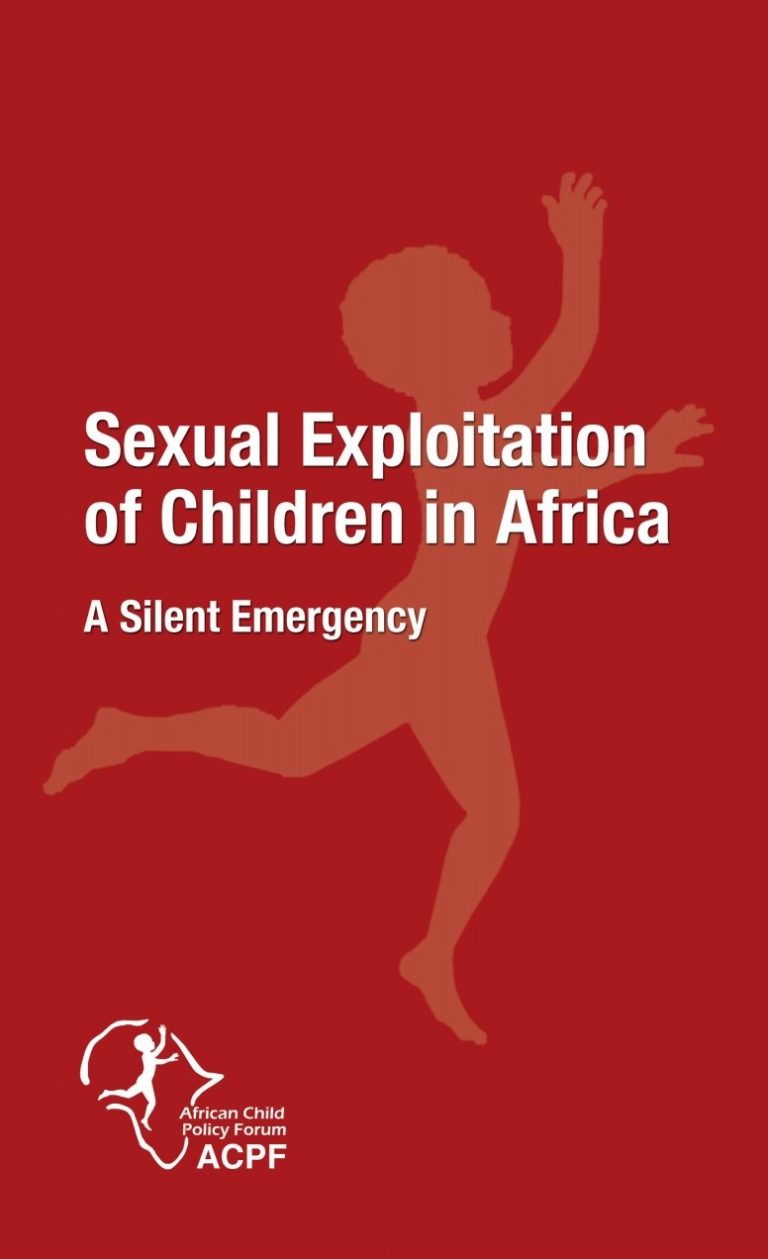Legislating against Modern Slavery, Human Trafficking and Forced Labour: The Role of Parliament to Scrutinise & Raise Awareness
GuidanceLegislationThe e-Handbook: Legislating against Modern Slavery, Human Trafficking & Forced Labour is a comprehensive guide for parliamentarians and parliamentary officials on legislating effectively against modern slavery related crimes. One in 200 p...Read More

